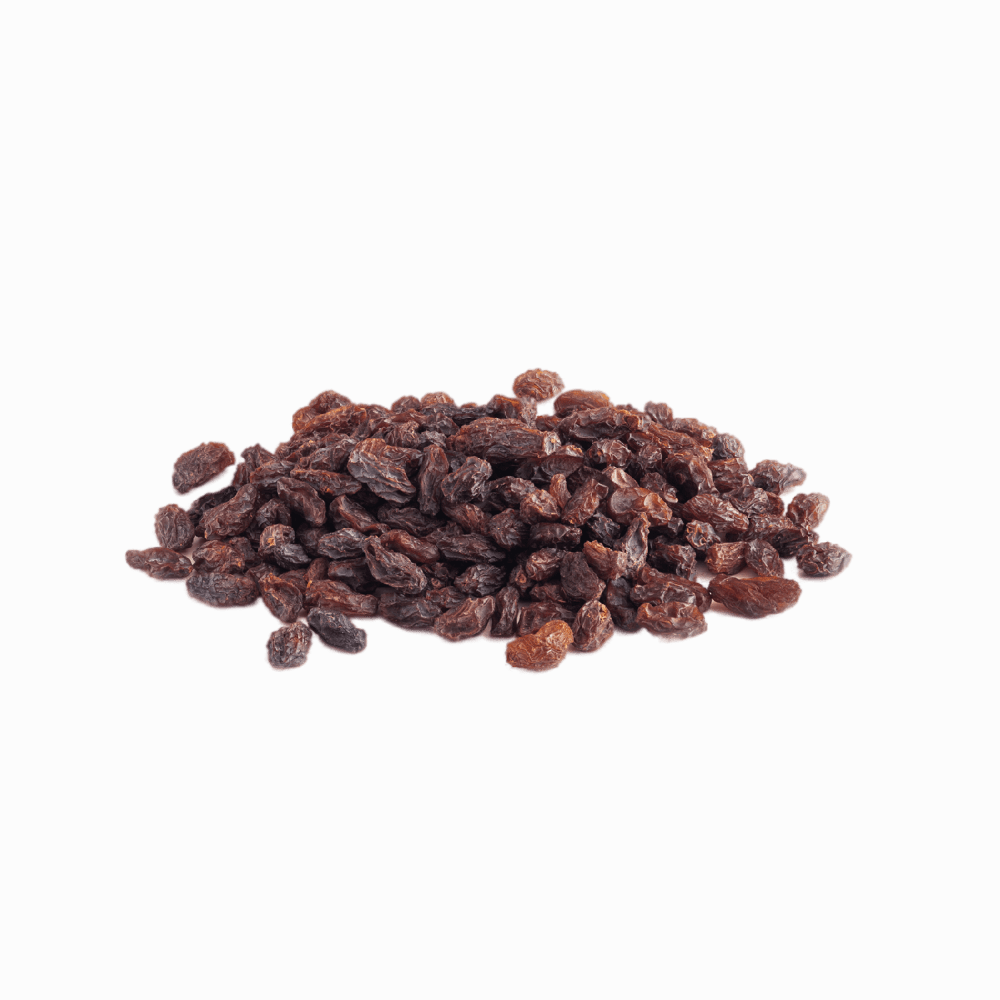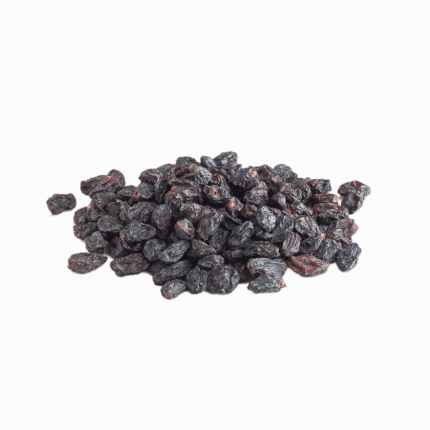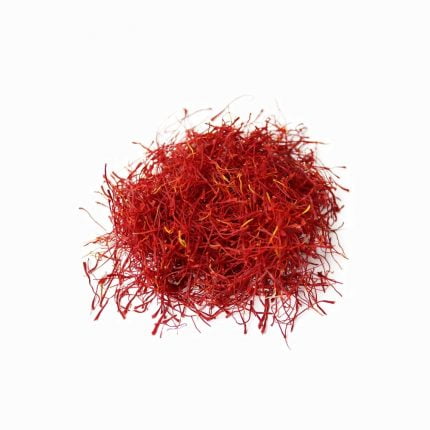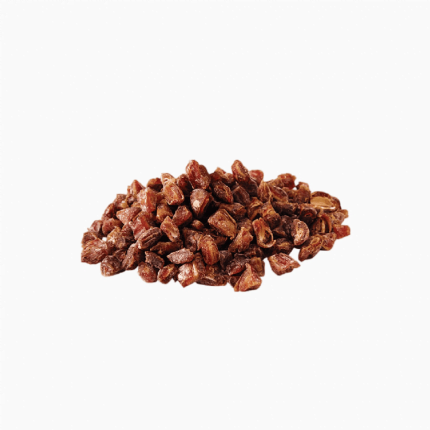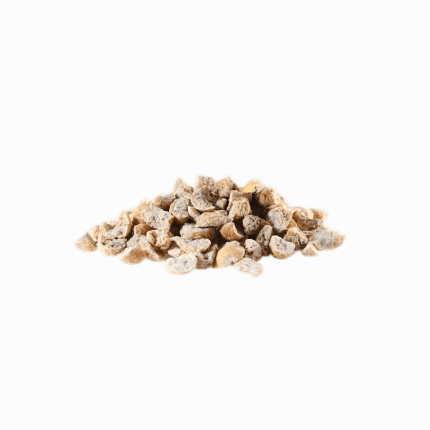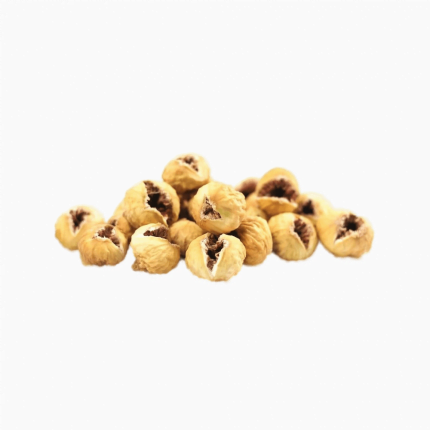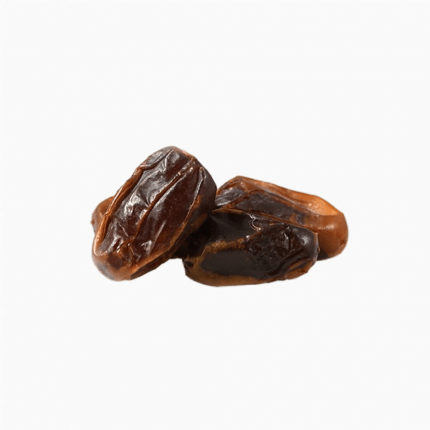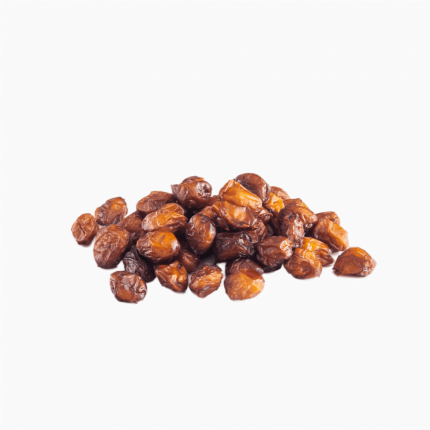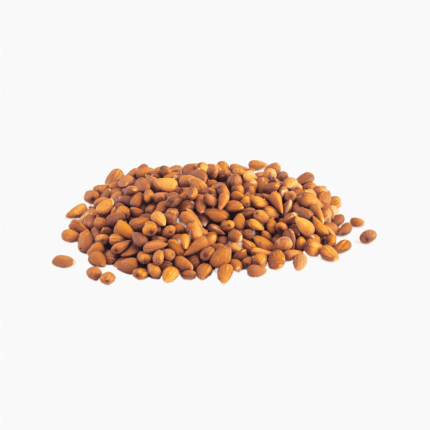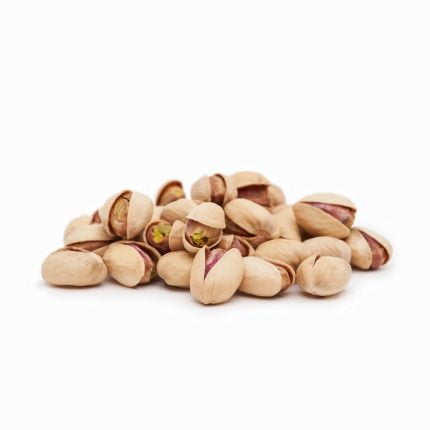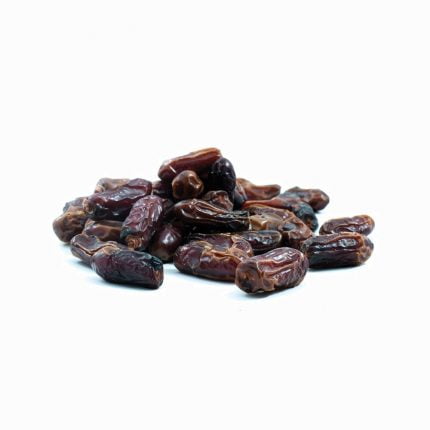Description
Red currant is a delicious and versatile fruit that is known for its sweet, tangy taste and bright red color. The berries are small and round and grow on shrubs.
Originally from Western Europe, red currant is now widely cultivated in many parts of the world.
The fruit has a fresh, fruity aroma and a sour taste that is often used in desserts, cakes, and jams. The berries can also be eaten raw or processed into juice, syrup, and wine.
Red currants are rich in vitamin C and other antioxidants, which can help protect the body against damage from free radicals. The berries are also used in traditional medicine to treat colds and flu.
Our bulk sale of red currants offers a cost-effective way to enjoy this delicious and nutrient-rich fruit. Our berries are carefully harvested and packaged to ensure maximum flavor and freshness. Whether you’re a food manufacturer, a chef, or a health-conscious retailer, our bulk sale of red currants is an excellent choice for all your culinary and nutritional needs.
Blumental Bayern GmbH is a company engaged in the manufacturing, wholesaling, bulk sales, and distribution of premium organic and conventional agricultural products and food ingredients. Our extensive range includes top-quality items such as Saffron Wholesale, Sumac Wholesale, Dried Fruits and Nuts Wholesale, Barberries Wholesale, Dried flowers Wholesale, Rose Wholesale, Calendula Wholesale, Mallow Wholesale, Citrus flowers (orange blossom) Wholesale, Dates Wholesale, Gums Wholesale, Essential oils and Syrups Wholesale, Spices Wholesale, Herbs Wholesale, and seeds Wholesale.
Product Data Sheet
For the latest data sheet and analysis please contact us
Please note that the specification sheet may not correspond to the current batch. For the most updated version, please contact us
Frequently Asked Questions
Contact us for any furthur questions
Yes, red currants can be dried. To do so, place and spread the currants on the dehydrator baskets, ensuring they are not overcrowded to avoid prolonging the drying time. It is recommended to stack one basket over the other on the dehydrator to utilize the space effectively.
Yes, red currants are highly beneficial to eat. Similar to other fruits with red pigments, they contain lycopene, an antioxidant carotenoid. Lycopene helps reduce the risk of heart disease and certain cancers, particularly prostate cancer. Moreover, it provides protection against free radical stress, safeguarding DNA and other cell structures from potential damage. Enjoying red currants can contribute to overall health and well-being.
Yes, red currants can be eaten raw. These small, rounded fruits have a red color and can be enjoyed as is. However, their bittersweet taste makes them more commonly used for making jams, milkshakes, ice creams, and other processed treats.
There are several ways to enjoy red currant fruit. One option is to combine low-fat milk, low-fat yogurt, or ice cream with frozen currants and other frozen fruits, blending them together for a refreshing smoothie. Another idea is to create a sweet salsa by dicing currants, mangos, pineapples, cilantro, garlic, red peppers, and chilies. Drizzle the salsa with olive oil and a splash of lime juice, then serve it with warmed pita bread for a delightful snack. Get creative and savor the unique flavors of red currant fruit in these tasty preparations.
In summary, red berries are bright red, have a sweeter taste, and softer texture, while blackberries are dark purple or black, with a more robust and tart flavor and firmer texture. Red berries encompass a wider variety of fruits, while blackberries specifically refer to the fruit of the Rubus genus.

